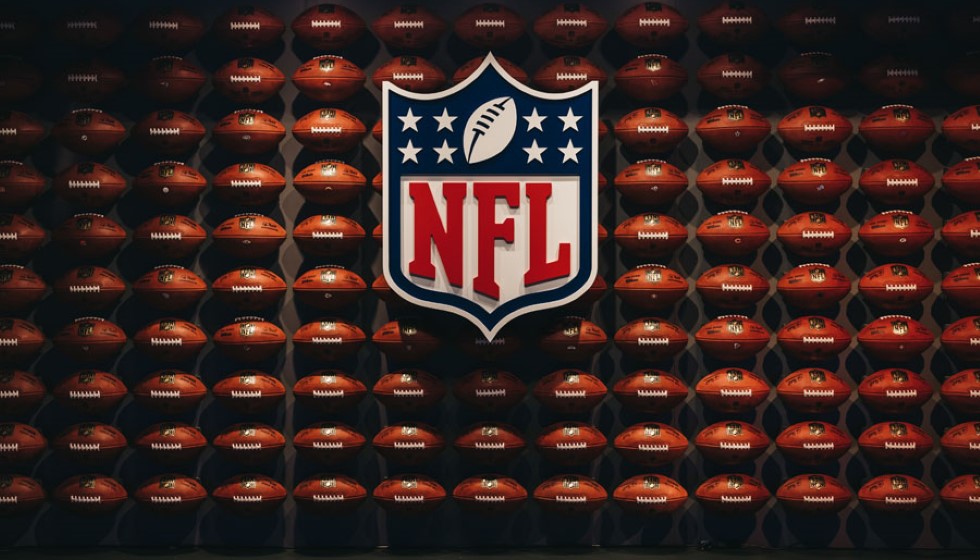
The NFL's Apparel Deal: A Crucial Decision for the Future
The fierce competition to secure the coveted role of the National Football League's official uniform provider is officially underway, as the league begins its bidding process with a view toward the future of its iconic branding. This process, deemed "open and active," marks a critical moment in the intersection of sports, business, and culture. With the current contract between the NFL and Nike set to expire in 2027, stakeholders are keenly observing which direction the league will take.
Since taking over uniform manufacturing from Reebok in 2012, Nike has been synonymous with the NFL's visual identity. The transition from Reebok to Nike marked a pivotal shift in the NFL's strategy, centralizing its apparel deals and enhancing brand uniformity across all teams. Previously, NFL teams had individual agreements with a variety of brands, including Adidas, Logo, Puma, and Starter. This strategic alignment has had a profound impact on the league, merging financial benefits with a cohesive branding strategy.
The anticipation surrounding the new contract is palpable, with potential ramifications on sports culture, business strategy, and fan engagement. With Nike's tenure as the uniform provider seeing a plethora of innovations — such as the allowance for up to three distinct helmet styles — there's an expectation that the future deal will build on this foundation. The NFL knows the significance of these deals in terms of revenue and brand image, and any decision they make will undoubtedly resonate across the sporting world.
Teams like the Denver Broncos and Houston Texans have recently undergone significant uniform redesigns, signaling a trend that might continue well into the next contract's term. These changes are more than just aesthetic; they reflect broader strategic decisions aimed at rejuvenating team identities and engaging the fan base. Uniform redesigns speak to fan culture, providing fresh appeal and encouraging merchandise sales, thus bolstering the commercial prospects of the league and its teams.
As the league approaches the end of its current contract with Nike, it's clear that past experiences with apparel agreements have shaped today's comprehensive approach. Prior to the league-wide contract, the NFL's decentralized agreements meant inconsistent branding, as each team managed its own apparel arrangements. The shift to a singular, centralized deal has not only streamlined operations but has also transformed the NFL’s commercial strategy, setting a precedent that's likely to influence future decisions.
The outcome of this bidding process will ultimately determine how the NFL positions itself over the next decade. Considering the league's global stature, the next contract holder won't just provide apparel; they will become an intrinsic part of the NFL's identity. The chosen brand will have the opportunity to innovate, shape trends in sportswear, and even influence how fans experience the game — both in stadiums and beyond.
The scrutiny and speculation surrounding the next NFL apparel provider underscore the magnitude of this decision. For the NFL, apparel is much more than just kits and helmets; it's about weaving together the business's heart and soul with the fabric of the league's extensive community. As fans eagerly await the next chapter in the NFL's storied uniform saga, one thing is certain: the decision made in these coming months will stitch together the past, present, and future of America's favorite sport.